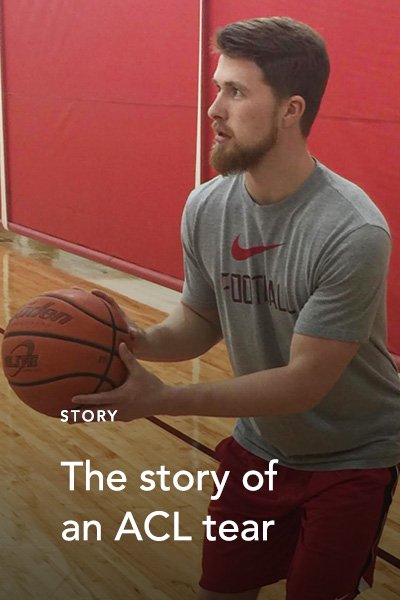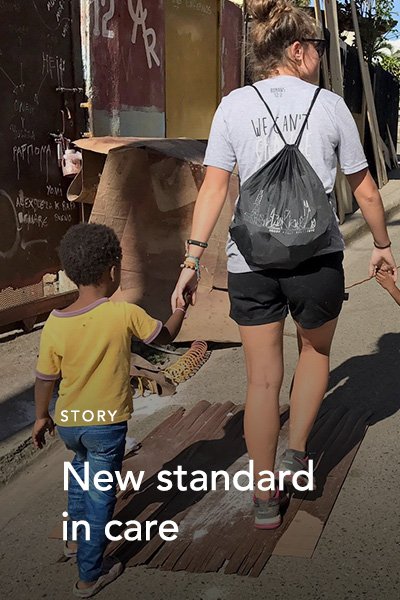ACL Reconstruction with a Special Reamer
Introduction
As the understanding of anterior cruciate ligament anatomy continues to progress, the need for anatomical ACL reconstruction to improve joint kinematics and post-operative knee function is increasingly being recognized. ACL deficiency has been shown to result in increased anterior translation, medial translation, and internal rotation of the tibia during various loading maneuvers. Following ACL reconstruction with restoration of native ACL insertion sites and ligament orientation, knee kinematics and stability are markedly improved.
When ACL reconstructive procedures fall short and knee instability persists postoperatively, there is a predictively higher risk for osteoarthritis of the knee, failure to return to previous level of play, and poor subjective and objective knee outcome scores.
Despite an improved understanding of ACL biomechanics over the last several decades, the optimal surgical technique for ACL reconstruction remains unclear, largely because no ACL reconstruction procedure has been shown to exactly replicate the biomechanics of the native ACL. Small alterations in femoral tunnel positioning significantly affect ACL length, tensioning patterns, as well as alter force vectors and joint kinematics. Loh et al showed that grafts placed higher on the femoral wall in ACL reconstruction—a less coronally oblique orientation—do not effectively resist rotatory loads as compared with grafts placed lower on the femoral wall. Decreased sagittal plane obliquity has also been implicated, predominantly because such an orientation less effectively opposes anterior translational loads as compared with the native ACL. To date, much of the focus regarding anatomically reconstructing anterior cruciate ligaments has been placed on more accurately recreating the femoral ACL footprint; however, correct tibial tunnel position within the native tibial footprint may be equally as critical. Posterior tibial tunnel placement will result in a graft which is more vertical in the sagittal plane compared to normal ligament anatomy. As noted by Bedi and colleagues, a knee with an ACL graft placed in a tibial tunnel on the posterior aspect of the tibial footprint had no significant difference in anterior translation during Lachman and pivot-shift testing compared to an ACL deficient knee.
During femoral tunnel preparation in the transtibial technique, a guide wire (Beath pin) is placed through the reamed tibial tunnel via an “over the top” femoral guide into its position on the femur. To remain anatomic on the femur, the guide pin is regularly placed posterolateral to the center of the tibial tunnel’s intra-articular aperture. Passing a femoral reamer through the tibial tunnel over the Beath pin in this position consistently removes several millimeters of bone from the posterolateral aspect of the tibial tunnel rim, in a trajectory defined by the guide wire’s position.
To date, no study has quantified the amount and extent of posteriorization of the tibial tunnel during femoral reaming and its effect on the tibial insertional anatomy. The senior author uses a half-fluted reamer in this situation which is passed into the joint without reaming, thus preserving the tibial tunnel articular aperture.
The purpose of this study is to compare the amount of inadvertent posteriorization of the ACL tibial tunnel anatomy during transtibial ACL femoral reaming in the “over-the-top” position with a full femoral reamer versus a half femoral reamer, in comparison to the native tibial ACL footprint. It is hypothesized that the half reamer will result in less distortion of tibial tunnel anatomy and improved anatomic footprint coverage, primarily due to its improved ability to obliquely navigate the tibial tunnel intra-articular aperture.




